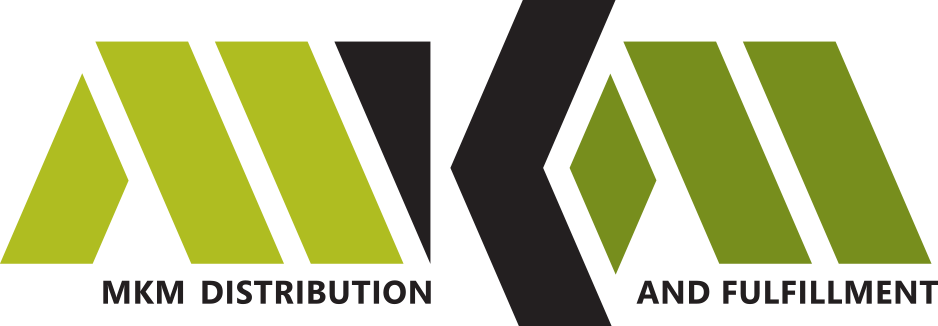Is a Centralized E-commerce Fulfillment Plan for You?
Centralized fulfillment
It might not be Shakespearean, but “regional or centralized fulfillment model?” is certainly an important question for any medium- to large-sized retailer. There are benefits to each model (including saved money), but examining your business can tell you exactly which model is right for you. But before you choose your fulfillment model, you must investigate three primary areas of your business.
Map It Out
Your first step should be to analyze a map of your e-commerce customers. You’re looking for two things: concentrations of buyers and their relative buying trends. Are your buyers spread equally across the United States? Do they generally follow the same buying trends regardless of their location? In that case, a central location might be a good solution for you as it can save significant money in the long run. Regional hubs tend to work better for fulfilling areas with higher concentrations of sales or for areas with distinctly different buying trends.
Your Product
This one is simple: take a step back and look at your product. What are you selling? Smaller items, like clothing or small electronics, can be easily shipped all across the country. Larger items, however, like furniture or televisions, usually have lower shipping costs when distributed from regional hubs.
Allocation Systems
Next, examine your allocation system for getting items to fulfillment locations. How advanced is your system? For example. if your system does not allow for allocation based on sku velocity in each geographic location, then a central location can help you simplify your allocation system and reduce redundancies.
Where Are You Shipping?
When you’re juggling multiple shipping options, managing numerous regional fulfillment centers gets complicated. For example, if you want to be able to ship from the distribution center directly to the customer, from the distribution center to the store where the customer can pick up the item, or from a local store to the customer, managing the stock at those locations can get complicated. This also sets up a system that can require multiple commands. You will likely try to avoid shipping from New York out to California if you have a distribution center in Nevada or multiple stores near California with the product in stock, but again, you’ll run into issues if your system is not capable of following location and inventory logics to choose the best ship from location.

